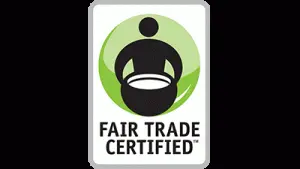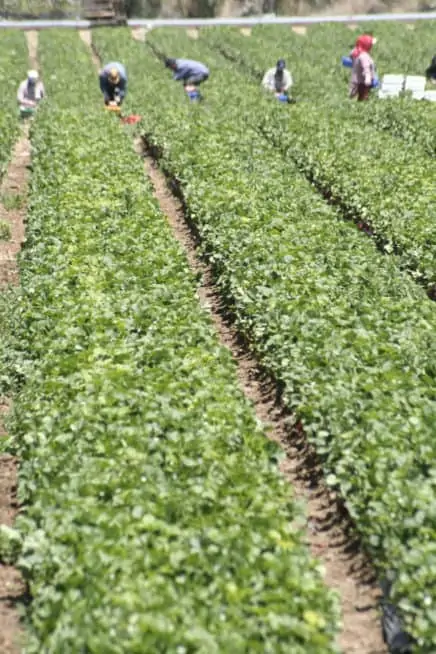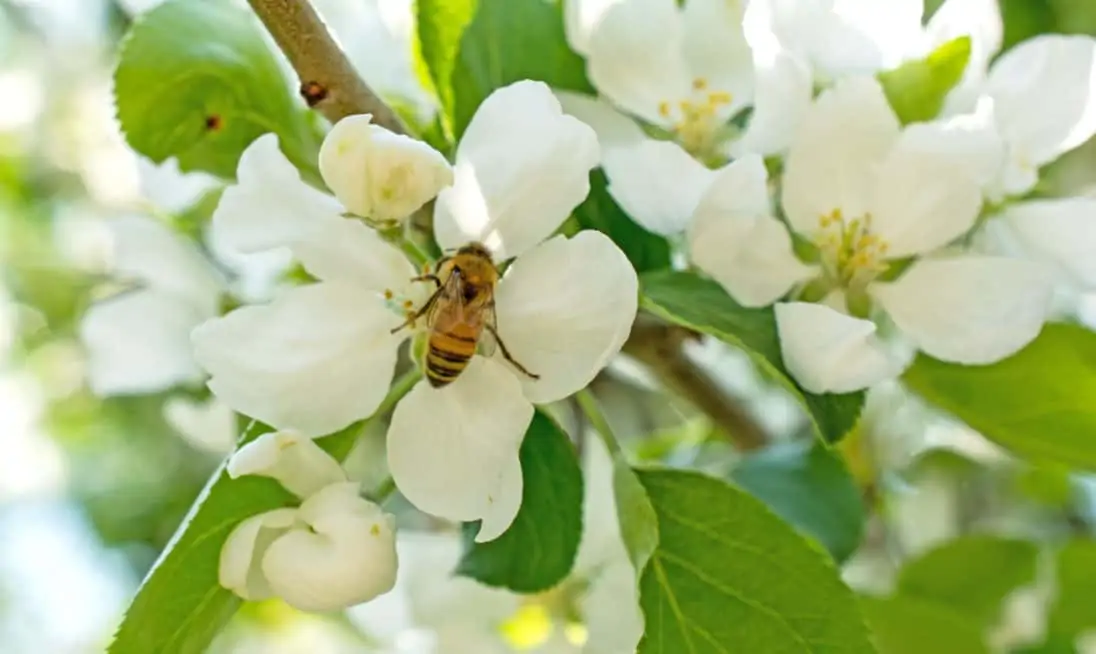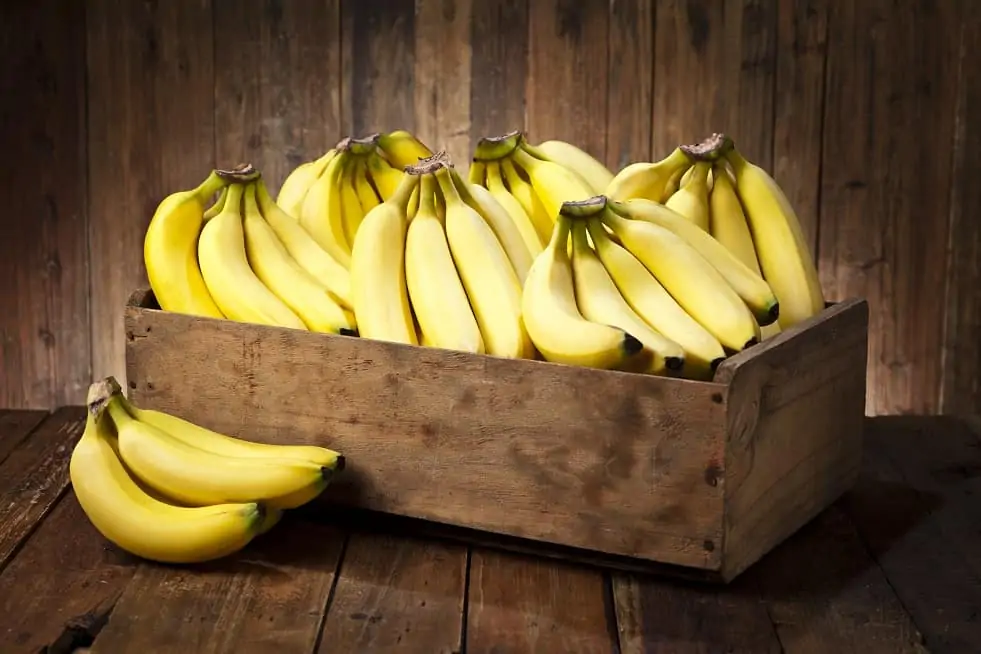
The Fair Trade Certified seal means that one or more of the ingredients in the product were produced and traded in accordance with Fair Trade USA’s standards. Fair Trade USA says it aims to help ensure that farmers and workers are paid fair prices and wages, work in safe conditions, protect the environment, and earn community development funds to improve their lives. The seal does not signify that the product was grown only by small-scale farmers and traded directly. Compliance with the standards is verified.

This seal can be found on:
Beans and grains, chocolate, coffee, fish and seafood, fruits and vegetables, herbs and spices, honey, nuts and oilseeds, processed foods, sugar, tea, wine and spirits.
Fair Trade USA has a shopping guide to find products with the Fair Trade Certified seal: https://www.fairtradecertified.org/products/shopping-guides
ORGANIZATION: Fair Trade USA
url: http://fairtradeusa.org
LABEL STANDARDS: https://www.fairtradecertified.org/business/standards
Note: this review is for Fair Trade Certified food and beverages only, not for apparel or seafood. Fair Trade USA also certifies apparel and home goods, body care products, flowers and plants, sports balls.

What this seal means
The Fair Trade CertifiedTM seal indicates that the food contains ingredients that were grown on farms that complied with Fair Trade USA’s Agricultural Production Standard.
The Agricultural Production Standard is organized into six modules. These include:
- Empowerment. The requirements in this module are centered on the Fair Trade Premium, which is an extra sum paid to workers and small producers above the cost of the Fair Trade product. The Fair Trade Premium is used to meet the farmers’ and workers’ individual and collective needs, as well as the needs of their communities and environment.
- Fundamental rights at work. The requirements in this module outline the fundamental rights that form the basis for ensuring the wellbeing of small producers and workers. They are based on the ILO Core Conventions addressing forced, bonded and compulsory labor; child labor and the protection of young workers, freedom of association, and discrimination.
- Wages, working conditions, and access to services. The requirements in this module address working hours, occupational health and safety (such as reducing exposure to hazardous pesticides), and access to basic needs and services (such as medical care for workplace injuries and illnesses and shade and cool water in hot climates).
- Biodiversity, ecosystem function, and sustainable production. The requirements in this module address minimizing negative environmental impacts of farming, including protecting biodiversity, maintaining soil productivity, conserving water, minimizing the use of harmful pesticides, and ensuring proper waste management.
- Transparency and traceability. The requirements in this module address practices relating to the purchase, movement, production and sale of certified products, including requirements on physical and documented traceability.
- Internal management system. This module details the requirements of the Internal Management System (IMS), which focuses on identifying risks of non-compliance with the standard, monitoring the risks identified, and taking measures to areas where non-compliance with the standard are identified.
The Agricultural Production Standard has three types of compliance criteria: critical, progress and best practice.
- Critical criteria must be met by a specific timeline, with most required to be met prior to initial certification.
- Progress criteria describe continuous improvement requirements, against which the Certificate Holder must show a minimum level of compliance and progress over time. By year 6 of certification, the Certificate Holder must demonstrate full compliance with all progress criteria.
- Best practice criteria are optional and are not required (immediately or in the future). Only small farms and facilities have criteria which are classified as best practice (small farms and facilities are defined as having five or fewer permanent workers and no more than 25 total workers on-site at any time).
The meaning of this seal, with the term “fair trade” printed on it, has changed since it was created. When Fair Trade USA (then called TransFair USA) introduced the seal in the late 1990s, the organization wrote that it indicated that the product was “produced not by a transnational corporation but by a cooperative, working on a human scale, with care for the working conditions and well-being of the producers’ communities, and that the cooperative received a fair share of the price of that product.” In September 2011, the organization began certifying large farms with hired farmworkers as well, using a separate set of standards (the organization continues to certify products purchased directly from small-scale farmers and cooperatives as well). The Fair Trade Certified seal therefore no longer means that the product was produced only on a small-scale farm and directly traded.

Percentage of the product’s contents that need to be certified
To use the Fair Trade Certified seal without a disclaimer, 100% of the ingredients in the product have to be certified. This is most often used for single-ingredient products like coffee.
Foods containing 20% or more certified ingredients by weight can display the Fair Trade Certified seal, as long as the word “ingredient” or specific certified ingredient (e.g., “tea” or “cocoa”) is printed on the seal underneath the words “Fair Trade Certified.” But100% of the ingredient specified has to be certified (some programs, like Rainforest Alliance, allow some but not all of the specified ingredients to be certified).
If a product with the Fair Trade Certified seal includes cocoa, coffee, tea or quinoa, those ingredients have to be Fair Trade Certified. Other ingredients that could be Fair Trade Certified, like sugar or bananas, do not have to be certified.
When less than 20% of the product’s ingredients are certified, the Fair Trade Certified seal cannot be used. Although no label use is permitted, the Fair Trade Certified ingredients may be specified on the front of the package and identified in the ingredients list if that ingredient is 100% Fair Trade Certified.

Is the seal verified?
Yes. Fair Trade USA contracts with third party Conformity Assessment Bodies (CABs) that adhere to a set of criteria in order to certify products to the Agricultural Production Standard. CABs review applications, scope audits, conduct audits, write reports, make certification decisions, manage corrective action plans, and issue certificates.
Is verification free from conflict of interest?
Yes. Fair Trade USA has a conflict of interest policy for its Conformity Assessment Bodies (CABs). CABs must ensure that there is no conflict of interest and require that all personnel, including contract auditors, sign a conflict of interest statement.
Third-party on-site inspection
Yes. The verification process includes an annual on-site audit.
Possibility of third-party unannounced on-site inspections
Yes. In certain instances, the CAB may conduct follow-up audits outside of the regular certification cycle of evaluation, surveillance and recertification audits. These audits may be announced or unannounced.
Farmworker interviews during inspections
Yes. On-site inspections include interviews with farmworkers.
Grievance process for farmworkers
Yes. A grievance policy and procedure is in place and communicated to workers verbally and in writing. The policy allows for anonymous complaints, ensures resolutions occur in a timely manner, and includes an appeals procedure.
Is the meaning of the seal consistent?
Overall, the meaning of the seal is consistent. While initially Fair Trade USA had different sets of standards depending on the type of farm, the organization released a single standard for farms in May 2017.
However, there are still some inconsistencies because requirements in the Agricultural Production Standard differ depending on the size of the farm. Some criteria that are required for large farms are not required for small farms but are considered “best practice” (large farms are defined as more than 25 permanent workers and more than 100 total workers on-site at the management unit at any time, and small farms are defined as five or fewer permanent workers and no more than 25 total workers on-site at the management unit at any time).
Are the standards publicly available?
Yes. All Fair Trade USA standards are available on the website.
Is information about the organization publicly available?
Yes.
Board of Directors: Yes. The members of the Board of Directors are listed on the website.
Financial Information: Yes. Fair Trade USA has a webpage with its financial information easily accessible to the public, including auditor’s reports.
Were the standards developed with broad public and industry input?
Yes. The standards were initially developed in the United States using existing fair trade standards in other countries, and was a collaboration between different organizations working in farm justice and sustainable agriculture. Fair Trade USA reached out to stakeholders for their input, including Fair Trade certified producers, non-governmental organizations (NGOs), advocacy groups and industry partners. When the standards are revised, the process includes public consultations and public review involving producers, industry partners, non-profit and non-governmental organizations and other experts. The draft standards are posted on the website to solicit public comments.
